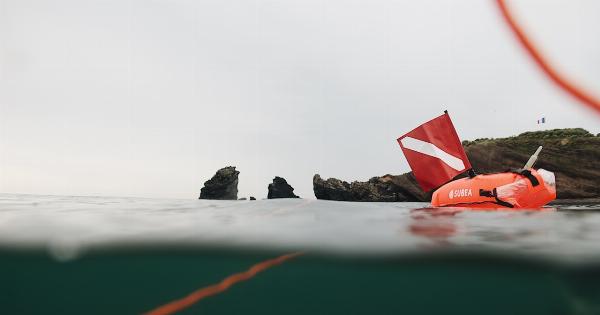There’s no doubt that swimming is a fun and enjoyable activity that helps cool you down during the hot summer months. However, it’s important to remember that swimming comes with its own set of risks and hazards that can lead to accidents and injuries.
Therefore, in order to ensure a safe and enjoyable swimming experience, here are seven essential safety rules to remember:.
Rule #1: Learn to Swim
The most important rule when it comes to swimming safety is learning to swim. It’s important to take swimming lessons from a qualified instructor, and to practice regularly to build your swimming skills and become more confident in the water.
Remember that swimming in open water is different from swimming in a pool, and requires additional skills such as sighting, navigation, current management, and risk analysis.
Rule #2: Never Swim Alone
Swimming alone is one of the most dangerous things you can do. Always swim with a partner or in a group, and make sure someone on the shore knows where you are and what you’re doing.
Additionally, it’s important to follow all safety protocols at swimming pools, beaches, and other locations. For example, many swimming pools have a “no diving” rule near the shallow end to prevent accidents.
Rule #3: Respect the Water and Weather
It’s crucial to respect the water and weather conditions when swimming. Don’t swim in bad weather, especially during thunderstorms or if lightning is present.
Moreover, make sure you’re aware of the current and wave conditions, and always swim in designated areas where there is a lifeguard on duty. Currents and riptides can be especially dangerous in open water, so be sure to check for warning signs and heed cautions from lifeguards or park rangers.
Rule #4: Wear a Life Jacket or Floatation Device
If you’re not a strong swimmer, or if you’re going to be in water that is over your head, it’s important to wear a life jacket or floatation device.
These devices can save your life in case of an emergency, and they will provide you with extra buoyancy in the water. Be sure to check that your life jacket is in good condition and fits you perfectly, and take some time to practice using it before you head out into the water.
Rule #5: Don’t Drink and Swim
Drinking alcohol is a common activity during pool parties, beach outings, and other swimming events.
However, it’s important to remember that alcohol and swimming don’t mix; alcohol can impair your judgment, coordination, and reaction time, which can put you and others in danger. Therefore, it’s essential to avoid drinking alcohol before or during your swimming activities.
Rule #6: Watch Kids Closely
Children are especially vulnerable to accidents when they’re swimming. As an adult, it’s your responsibility to supervise children at all times, especially when they’re in or around water.
Never leave children unattended near water, even for a moment, and make sure they’re properly equipped with floatation devices or other safety gear, as appropriate. Additionally, it’s important to teach children about water safety, and to reinforce the importance of following safety rules and guidelines at all times.
Rule #7: Be Prepared for Emergencies
Even if you follow all necessary safety precautions and guidelines, accidents and emergencies can still happen. Therefore, it’s important to be prepared for emergencies.
Know basic first aid skills, such as CPR and rescue breathing, and have an emergency action plan in place in case of an emergency. Additionally, make sure you have all necessary safety equipment, such as whistles, flotation devices, and rescue tubes, on hand when swimming.
Conclusion
Swimming is a fun and enjoyable activity, and by following these seven safety rules, you can help ensure that you and others stay safe while swimming.
Remember that drowning is preventable, and with a little preparation and attention to detail, you can make sure that your swimming experience is both enjoyable and safe.



























